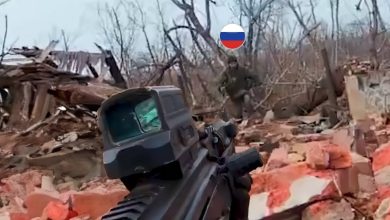M42 Duster — From Fighting Jets to Battling Guerrillas

The M42 — known as the “Duster” — was a light armored air defense system that arguably became better known for its capabilities against the communist ground forces in the Vietnam War. Originally built for the U.S. Army between 1952 and 1960, a total of 3,700 M42s were built. The weapon system first saw use in the Korean War and served through the 1980s.
The M42 Duster was a spinoff of the M41 series light tank, the Walker Bulldog, which replaced the M24 Chaffee light tank. A 500 horsepower, air-cooled, Continental six-cylinder gas engine powered the M42 to a max speed of 45 mph and a range of 100 miles.
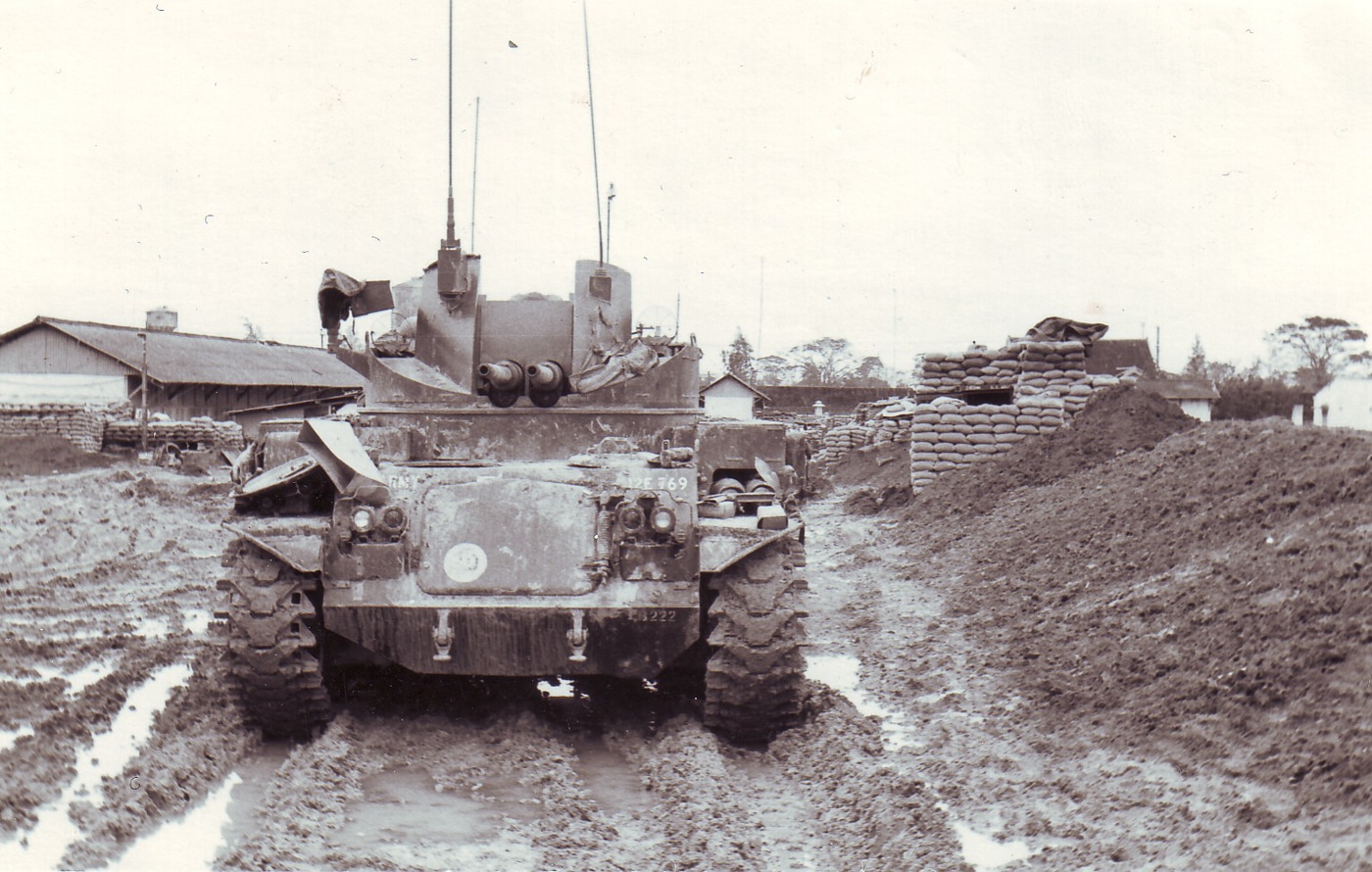
The Duster’s hull was divided into three sections:
- the forward section was for the driver and commander/radio operator,
- the center section was the base for the dual Bofors 40mm L/60 guns and ammunition, and
- the rear section held the engine, fuel and generator.
Designed for a six-man crew consisting of a driver, commander, gunner, sight setter and two ammo loaders, the Duster was usually manned by only four men. There was also an externally mounted .30 caliber M1919 Browning machine gun for vehicle defense.
Twin Bofors 40mm L/60 Guns
The twin 40mm Bofors guns had a combined rate of fire of 240 rounds per minute, and each fed from a four-round clip with either armor piercing or high explosive warhead. With an ammo capacity of 336 rounds, the Duster had about 85 seconds of fire, with a maximum ground-to-ground range of 9,475 meters. The flash suppressors were changed from the standard conical design to a three-prong model for use with the Duster.
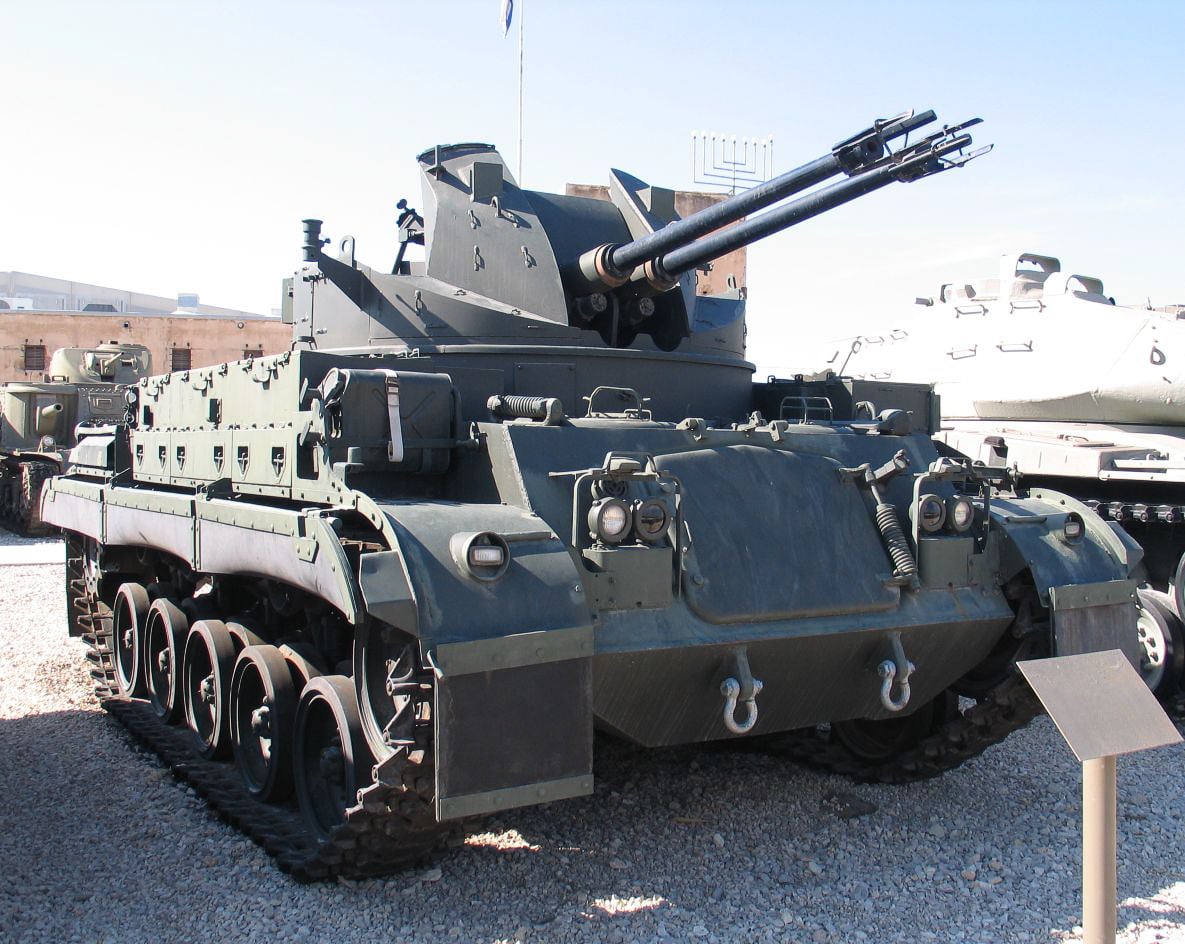
The turret of the M42 was designed to fit the M41 hull without modification and was capable of 360-degree rotation, either mechanically or hydraulically. The Bofors guns could be adjusted from -3 degrees to +85 degrees and could also be powered mechanically or hydraulically.
In Effect
The Duster fire control system was controlled by the commander, who located the target. He would estimate the speed, direction, and angle, entering it into the sighting system. Then, the driver would position the turret and elevate the guns to center the target into the reflex sight, which computed the lead distance and tracked the target. Once a steady lock was on, the firing system was engaged, and the guns would fire until the target was destroyed or the commander ordered a cease-fire.
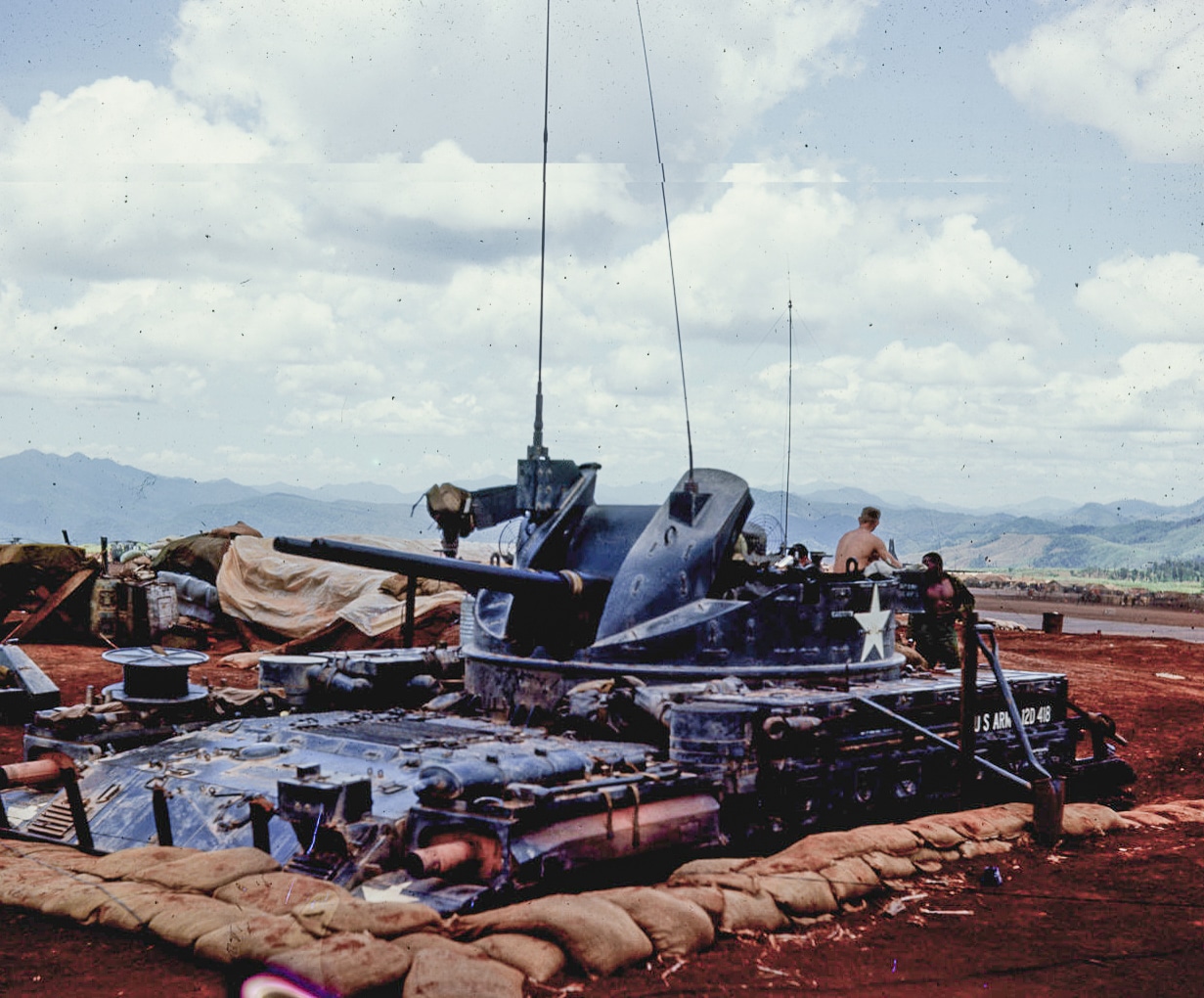
The Duster could also perform fire missions using data from artillery fire data centers and be on target faster than the artillery pieces. The Duster was also a great asset for nighttime missions using the infrared mode on the searchlight. With this search mode, the Dusters could search for the enemy without giving away their position. Once a target was found, the searchlight was switched over to light mode, and the target was engaged.
The Bofors is an anti-aircraft gun designed in the mid-30s to fill the gap between small-caliber rapid-fire machine guns and large slow-firing cannons. The Bofors entered service in 1932, and by 1939, it was in service with 18 countries.
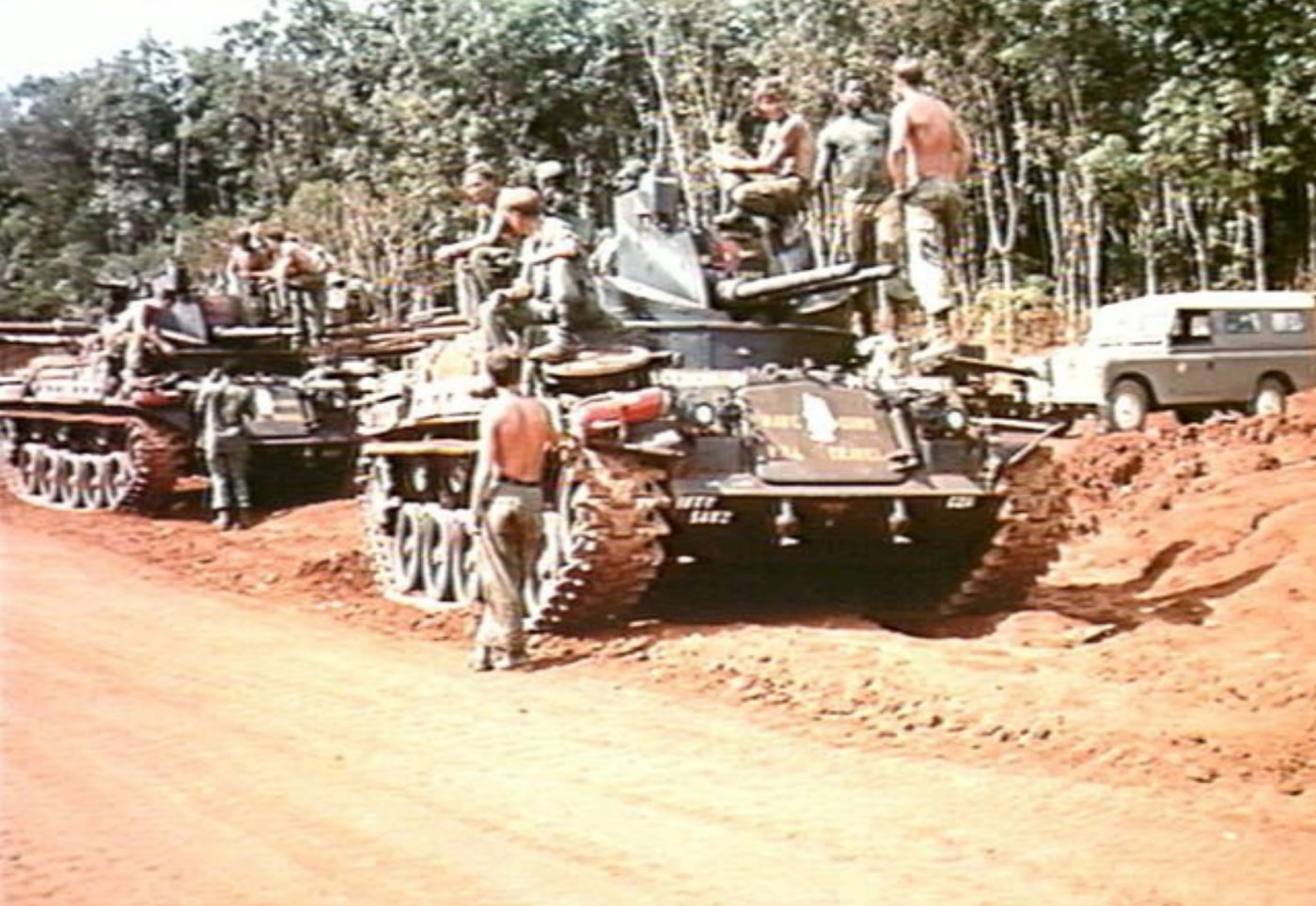
During WWII, the 40mm Bofors was used by a majority of military units. It was used heavily aboard U.S. Navy ships, such as the Iowa-class battleships, for anti-aircraft duties as a dual- or quad-mount alongside the 20mm Oerlikon.
The Bofors also found a home in the air aboard the AC-130 Spectre gunship. Since its inception, twin Bofors guns have been mounted on the Spectre, beginning in the early seventies until its final retirement in 2020.
A New Leave
In the early 1960s, the U.S. Army began transferring the M42 to National Guard units as the system was deemed unsatisfactory for air defense in the jet age with its old-fashioned pom-pom guns. In place of the aging Duster, the Army began deploying HAWK surface-to-air missile batteries.
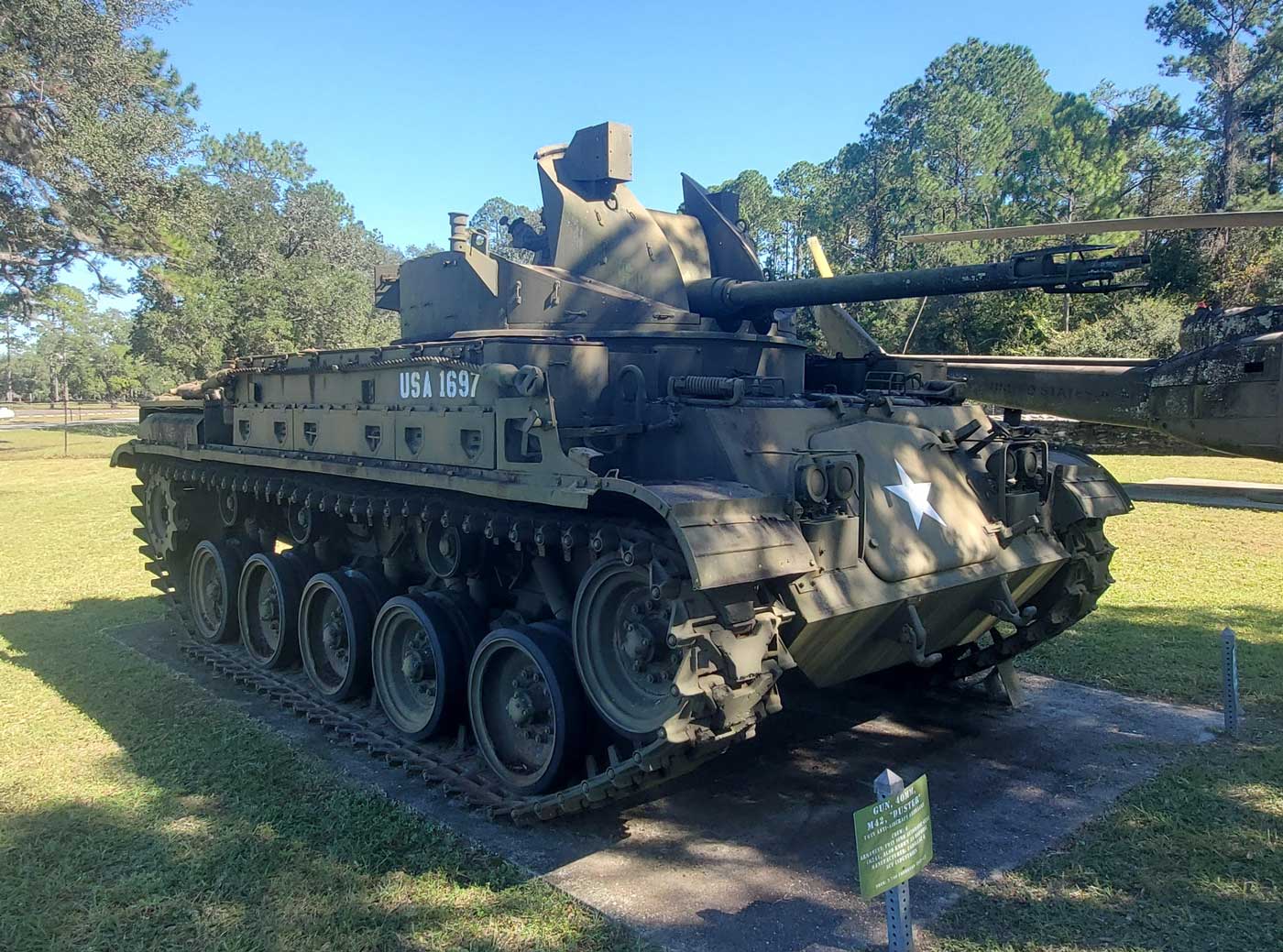
Around 1966, the Army began recalling the M42 Duster from National Guard units for service in Vietnam. It was here that the Duster made a name for itself, making a notable impact during the war. Upon arriving in Vietnam, the Dusters were commonly deployed in pairs in a ground support role. The enemy feared the Duster, with the Viet Cong calling them “Fire Dragons.”
While the Duster excelled in many areas, it had its limitations. The gasoline-powered engine was prone to catching on fire when overheated, and the terrain of Vietnam was hard on the transmission and suspension. The ammunition for the Bofors gun had a highly sensitive fuse, which caused issues with premature detonation when fired through the dense jungle foliage.
The Duster was deployed as a convoy escort, perimeter defense, and infantry support. Also, it took to the water, being mounted on an M8 landing craft for riverine fire support with the 9th Infantry Mobile Riverine Force.
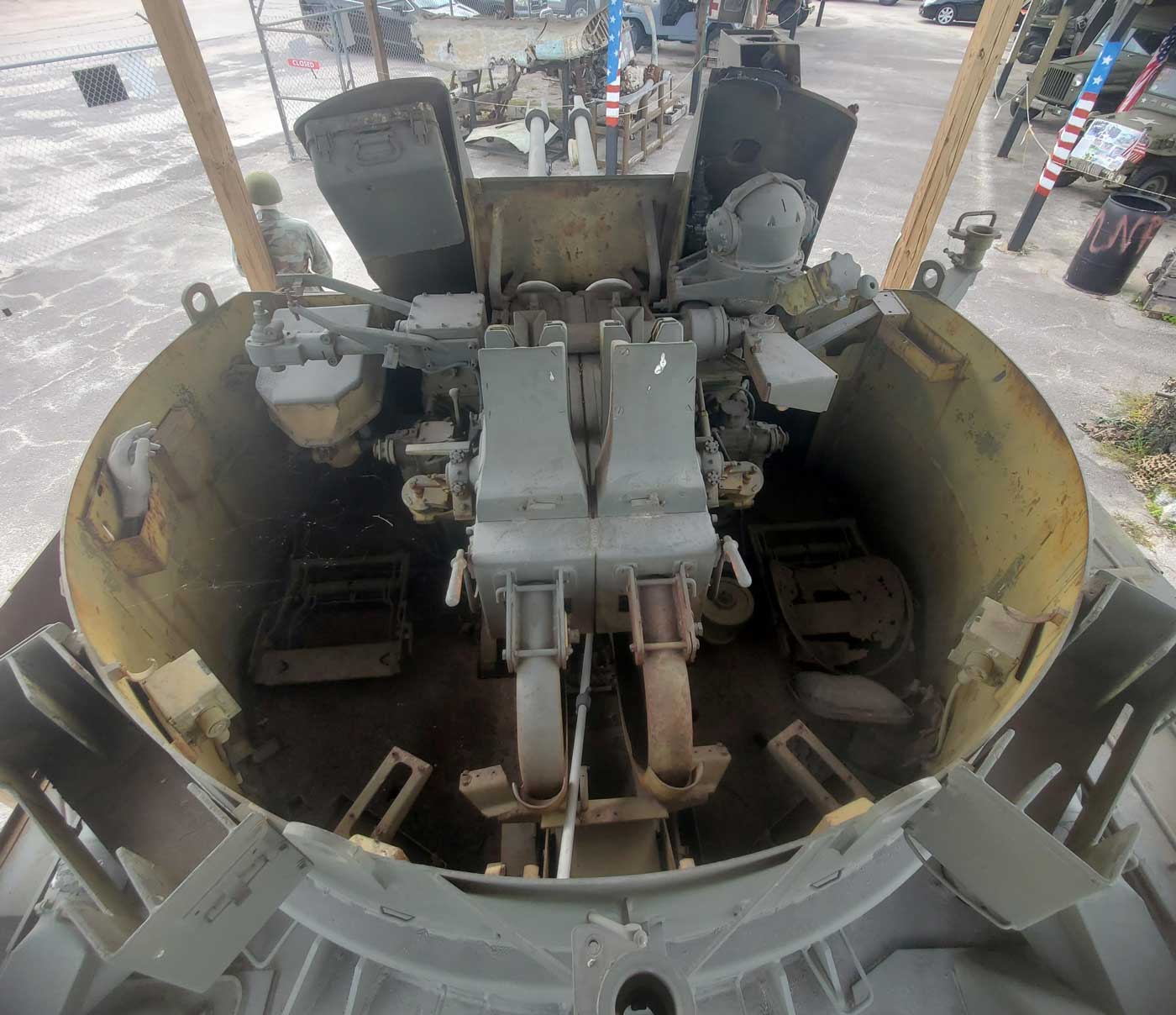
In 1968, Dusters from the U.S. Army 1st battalion attached to the 3rd Marine Division engaged the enemy during the 77-day siege at the Battle of Khe Sanh. Dusters expended more than 20,000 40mm shells.
Duster Battalions
The Army deployed three Duster battalions to the Republic of Vietnam, with crews trained at Fort Bliss, Texas. Each Battalion consisted of a headquarters battalion and four line batteries with two platoons, each with eight Dusters.
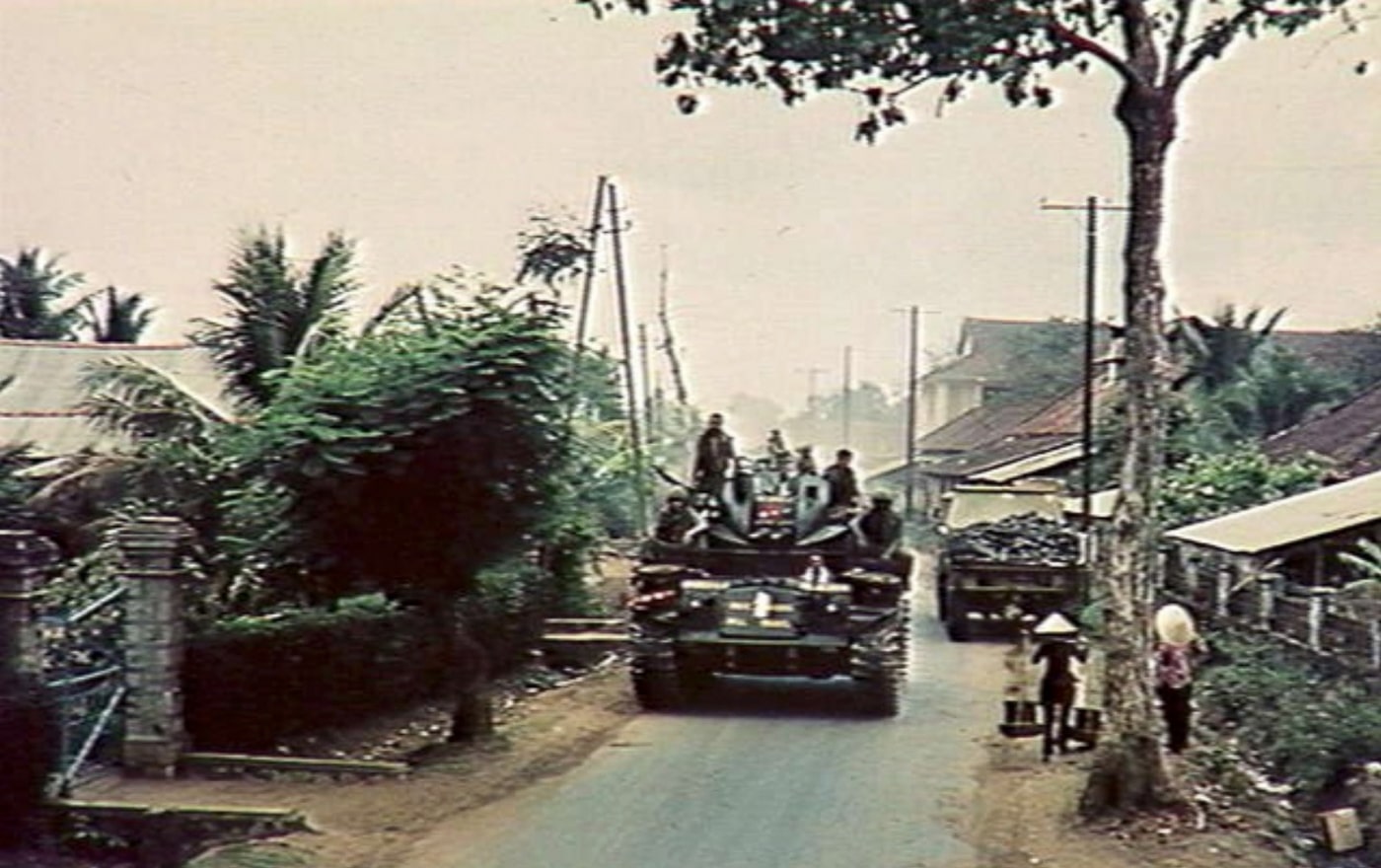
The first battalion arrived in South Vietnam during the second half of 1966 and supported U.S. Marine units in Khe Sanh and Army divisions in the I Corps region. The second battalion arrived later in 1966 and was deployed around Bien Hoa Airbase along with vehicle-mounted M45 Quadmount .50-cal. guns and searchlight jeeps. The 3rd battalion arrived in mid-1967, deployed to the central highlands at An Khe, and supported regional fire bases.
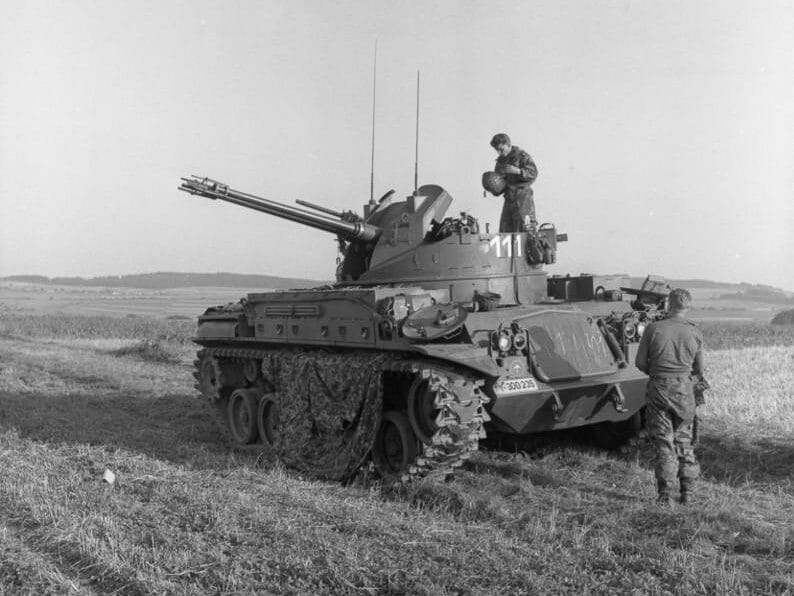
When the battalions were fully deployed, there were over 200 Dusters in-country.
Depending on which legend you believe, the Duster moniker came from either the cloud of dust while blazing down the dirt trails of Vietnam, or because of its 50-meter bursting-radius 40mm rounds that turned the enemy to dust.
Going Home
By 1971, the Army began moving Duster units out of Vietnam after firing more than 4 million rounds and recording over 200 kills in support of infantry units. Overall, the Duster was a devastating tool that excelled at convoy escorts and base perimeter defense.
Most Dusters were turned over to units in the Army of the Republic of Vietnam, while the remaining units at Fort Bliss were returned to the National Guard until the last unit retired in 1988, marking the end of an era.
Editor’s Note: Please be sure to check out The Armory Life Forum, where you can comment about our daily articles, as well as just talk guns and gear. Click the “Go To Forum Thread” link below to jump in and discuss this article and much more!
Join the Discussion
Read the full article here




